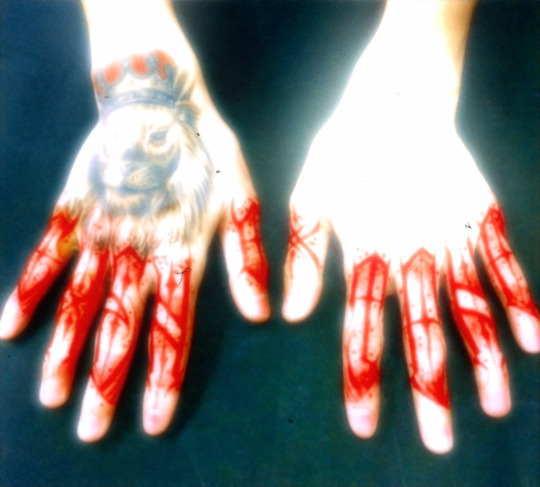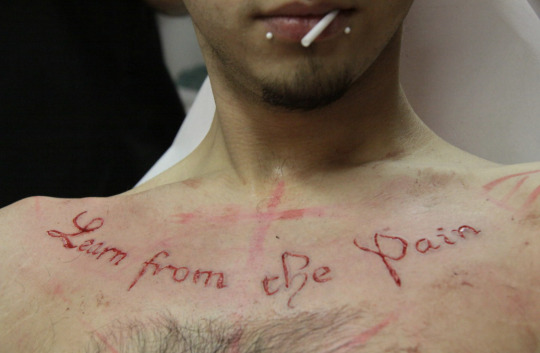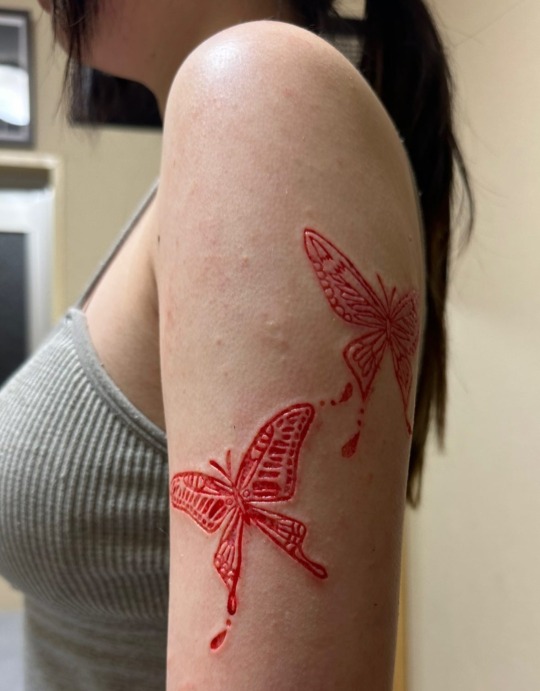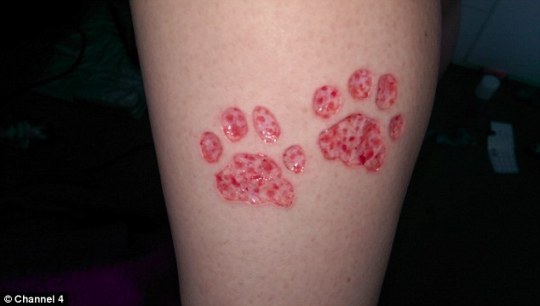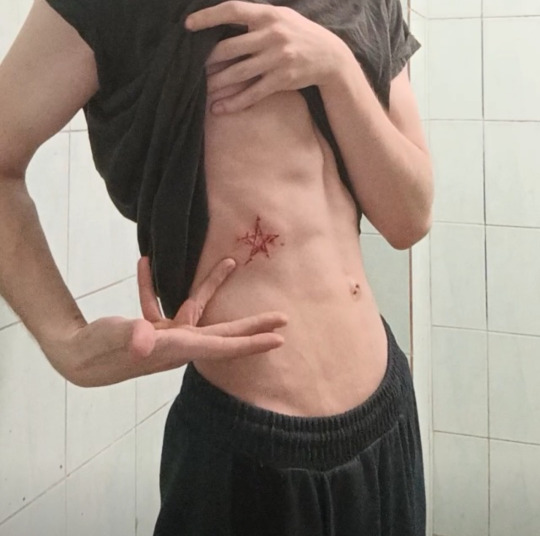#scarification
Text

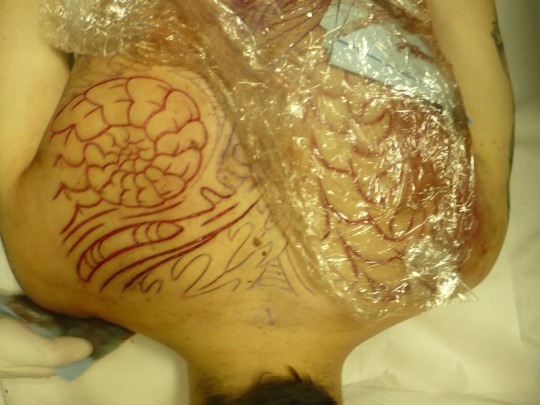

v
2K notes
·
View notes
Text

@xiaoaiepoch vía Instagram
#xiaoaiperiod#body modification#full body tattoo#tattoed girls#sexy tattoed women#scarification#tattoo artist#scarification artist#webcore#cybercore#heirkate#fashion#plants
256 notes
·
View notes
Text

from when i got my scarifications done
704 notes
·
View notes
Text


stay strong guys ❤️
511 notes
·
View notes
Text

#follow my pinterest @rottingcreep#body piercing#tattoos and piercings#body mod community#body modifications#body modification#bmezine#pierced#boys with piercings#alternative#alt aesthetic#eyebrow piercing#emo girl#emo scene#emo#emo boy#septum piercing#septum#snakebites#00s#goth#gothgoth#angel bites#body modifactions#scarification
142 notes
·
View notes
Text


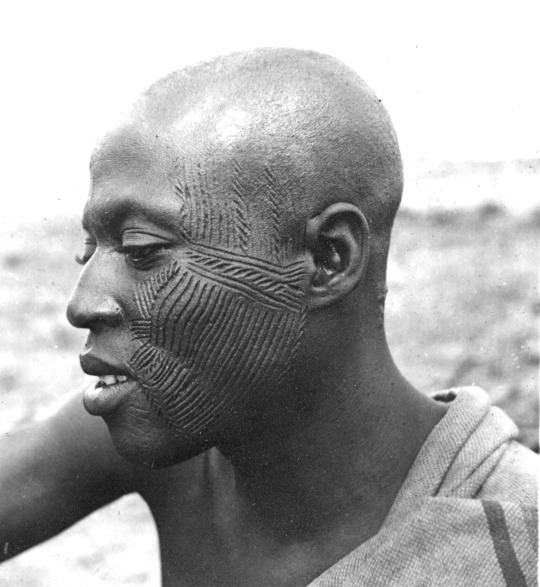
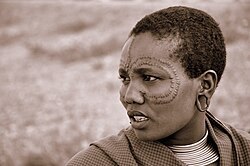
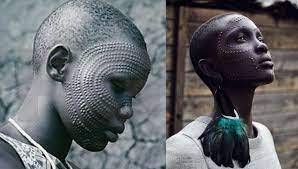
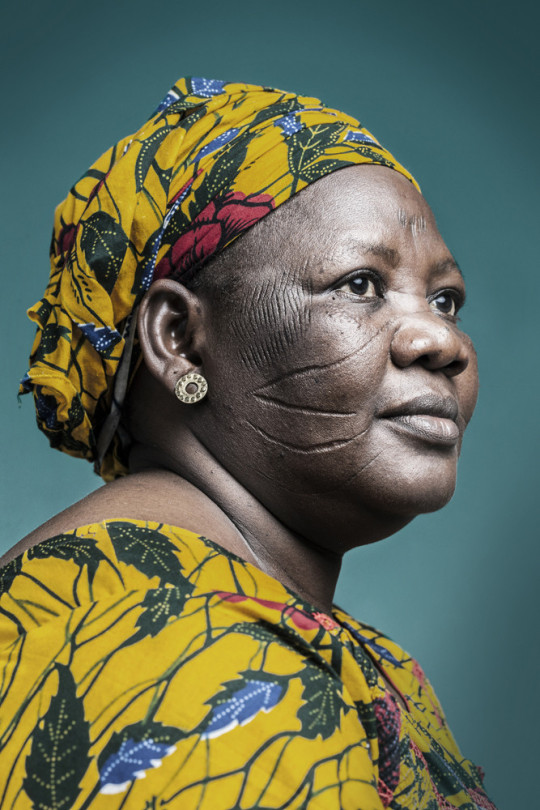
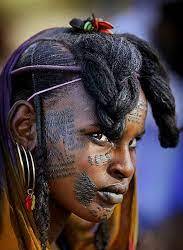

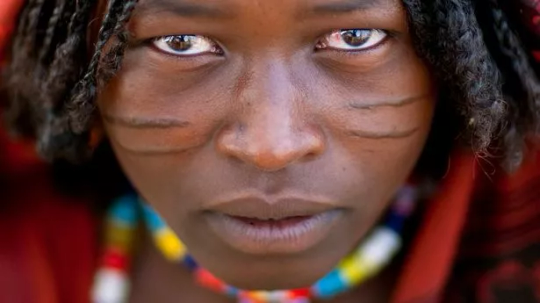
In Africa, European colonial governments and European Christian missionaries criminalized and stigmatized the cultural practices of tattooing and scarification; consequently, the practices underwent decline, ended, or continued to be performed as acts of resistance.
Among the ethnic groups in sub-Saharan Africa that traditionally practice scarification are the Gonja, Dagomba, Frafra, Mamprusi, Nanumba, Bali, Tɔfin, Bobo, Montol, Kofyar, Yoruba, and Tiv people of West Africa, and the Dinka, Nuer, Surma, Shilluk, Toposa, Moru, Bondei, Shambaa, Barabaig, and Maasai people of East Africa.

Traditionally, the most common reason for scarification has been as a rite of passage.
Scarification has been widely used by many West African tribes to mark milestone stages in both men and women's lives, such as puberty and marriage.
In many tribes, members unwilling to participate in scarification were generally not included in the group's activities, and are often shunned from their society.
According to anthropologist Grace Harris, group members lacking the normal characteristics consistent with the group are not considered as having acquired the full standing as agents in their society; they would also lack the capacity for meaningful behavior, such as greeting, commanding, and stating.
Therefore, scarification can transform partial tribe members into "normal" members entirely accepted by the group.
Scarification is a form of language not readily expressed, except through extensive and intricate greetings, and gives the ability to communicate fully, which is a key element for being considered as a normal member of the group.

One reason why scarification is used as confirmation of adulthood is how it shows the ability to endure pain. With young men, the endurance of the pain of scarring exhibits strength and discipline, especially in tribes where males have roles as hunters and warriors.
A young man who has already experienced the feeling of torn or cut flesh is considered less likely to fear the teeth of a wild animal or the tip of an enemy's spear.
In Ethiopia and Zambia, elaborate scarification is often done on women at puberty, used to denote a willingness to be a mother. The markings show that she can stand the pain of childbirth, as well as being an indication of her emotional maturity.
Some of these rites of passage have spiritual or religious roots, such young boys in the Chambri tribe of Papua New Guinea undergo scarification resembling crocodile scales to mark their transition into manhood, a ritual which stems from the belief that humans evolved from crocodiles.
In Ethiopia, Suri men scar their bodies to show that they have killed someone from an enemy tribe;
the Mursi practice scarification for largely aesthetic reasons in order to attract the opposite sex and enhance the tactile experience of sex.
The Ekoi of Nigeria believe that the scars serve, on their way to the afterlife, as money.

#ekoi#mursi#maasi#nigerian#scarification#african#afrakan#kemetic dreams#brownskin#brown skin#afrakans#africans#african culture#afrakan spirituality#suri#ethiopian#zambia#afterlife#sacrifice#free will#immortality#philosophy#chambri#rite of passage#tiv#Gonjas#Nanumbas#Dagombas#Frafras#ghana
143 notes
·
View notes
Text

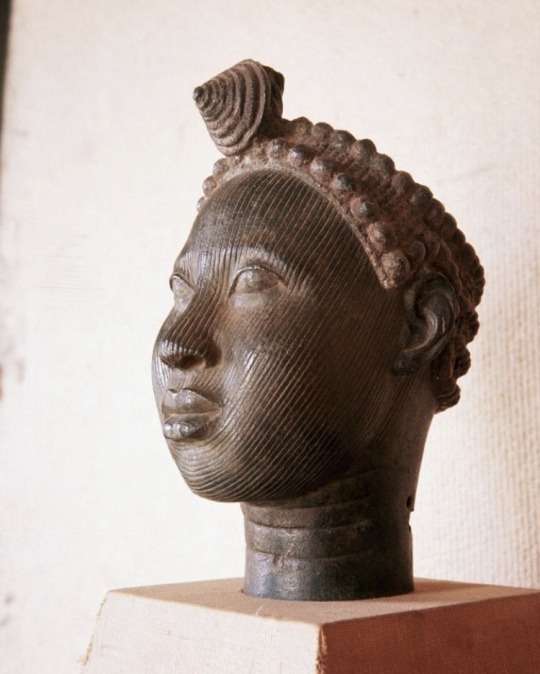

Ife brass heads (12th - 15th century CE),
from Wunmonije compound, Ife Museum
According to oral traditions, the Yoruba city-state of Ife was known as the place gods descended to create the world.
These brass heads may have been potraits of members of the Oni (king/kingship) of Ife's courts, or of the Oni themselves.
Characteristic to these works of art are their discernible scarification marks; the long vertical lines particularly are speculated to have been distinctions between branches of the royal family
#art#ancient civilizations#ancient#ancient history#african art#african history#brass#archaeology#brass art#scarification#ancient culture#african culture
157 notes
·
View notes
Text
Art gore tw:
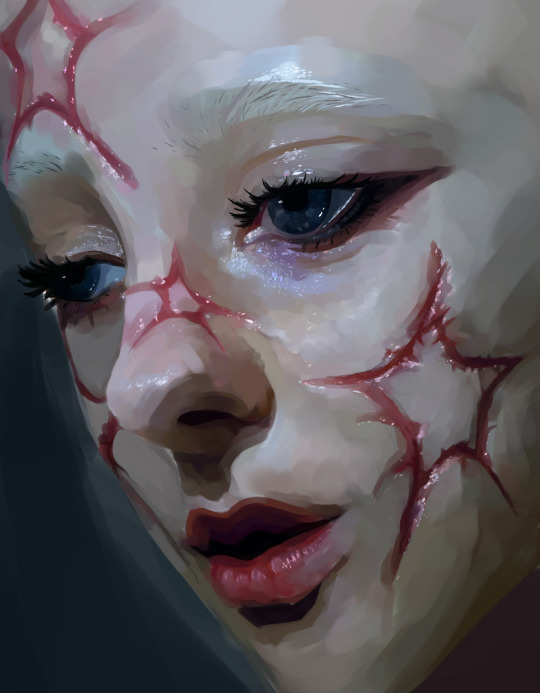
119 notes
·
View notes
